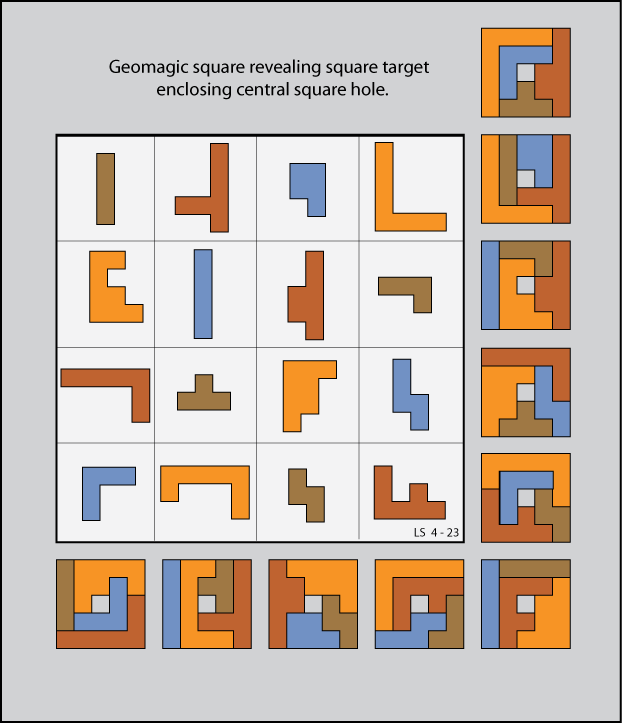
“Ideas often flash across our minds more complete than we could make them after much labor.” — La Rochefoucauld
“After investigating a problem in all directions, happy ideas come unexpectedly, without effort, like an inspiration. So far as I am concerned, they have never come to me when my mind was fatigued, or when I was at my working table. … They came particularly readily during the slow ascent of wooded hills on a sunny day.” — Hermann von Helmholtz
“You cannot, with your best deliberation and heed, come so close to any question as your spontaneous glance shall bring you while you rise from your bed or walk abroad in the morning after meditating the matter before sleep on the previous night.” — Emerson






